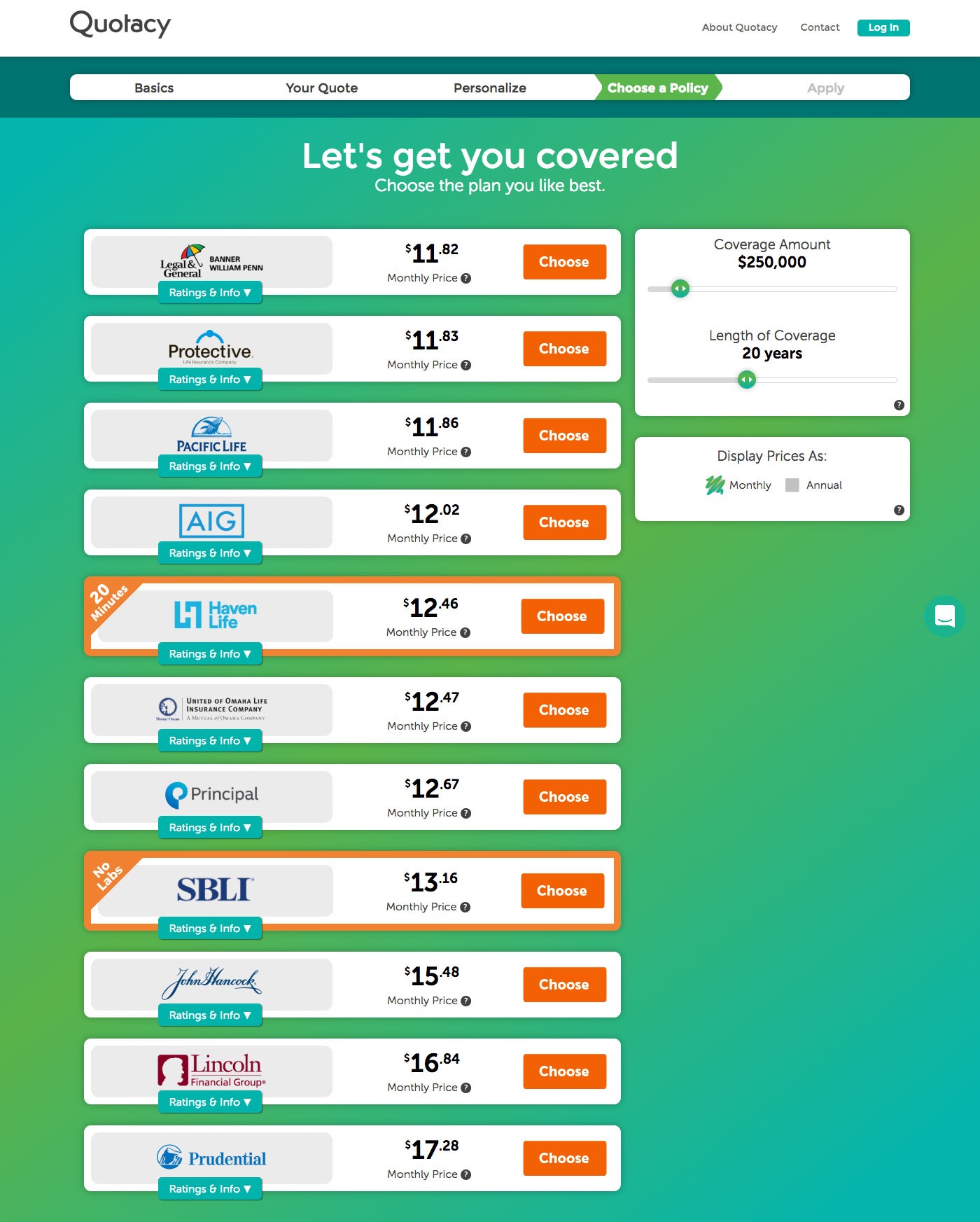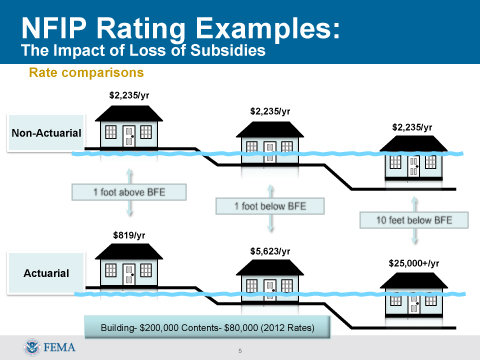Another aspect impacting the level of premiums is the expense of administering a health plan. Some administrative costs (such as those for customer support) vary with the variety of enrollees in a strategy, however others (such as those for sales and marketing efforts) are more fixedthat is, those expenses are comparable whether a policy covers 100 enrollees or 100,000.
Some administrative costs are unavoidable, but proposals that move enrollment away from the small-group and individual markets have the possible to avoid the included administrative expenses per enrollee that are observed in those markets. In other cases, nevertheless, trade-offs may arise between reducing administrative costs and restricting general health costs and insurance plan premiums because some administrative expenses are sustained when using management tools designed to limit health care costs.
The greatest results on health care costs are likely to be for the latter group due to the fact that their use of health care services might increase considerably when they ended up being insured. After representing differences in the market characteristics and health status of the two populations, CBO approximates that the uninsured usage about 60 percent as much care as similar people who are guaranteed.
The remaining space reflects CBO's evaluation that, on average, people without insurance have a somewhat lower propensity to use healthcare servicesa tendency that would continue if they ended up being covered under a brand-new program. Supplying all uninsured individuals with such protection would therefore trigger total demand for health care services to increase by 2 percent to 5 percent.
All About What Is A Premium In Health Insurance
In addition, how proposals that do not achieve universal or near-universal protection would affect people's health care spending depends on the degree to which the uninsured would be covered under a plan and on assumptions about the underlying need for health care among people who would end up being insured. For more incremental boosts in insurance protection rates, CBO would assume that individuals who enrolled under a new program would have a higher propensity to use treatment than those who did not enlist.
In addition, research studies indicate that about one-third of the services the uninsured population uses either are attended to complimentary or yield lower overall payments to providers than if the same services were offered to privately guaranteed people. To the degree that unremunerated care ended up being compensated, spending for the currently uninsured population would increase even if they did not use more services.
In exchange for premium payments, the insurance company agrees to cover particular medical services that are defined in the strategy. The strategy likewise details the share of costs that both the insurer and the enrollee will bear for each of those services. Hence, two essential style aspects of a health insurance strategy are its scope of covered benefits and its cost-sharing requirements.
Legislative proposals to increase the number of insured people could require that health insurance prepares cover certain types of medical services. Under such proposals, people (or their employers) may not receive subsidies or fulfill a mandate unless they were covered by plans that included those benefits. Benefit mandates ensure that enrollees who may need those services will have protection for them, however they likewise tend to raise insurance coverage premiums in order to cover the added costs of the services.
Some Known Details About How Much Is Birth Control Without Insurance
Moreover, due to the fact that numerous states currently need coverage of different advantages, the effect of any federal requireds would depend upon their scope relative to those existing state requirements and their applicability to strategies that fall outside the province of state guideline. Empirical proof on the impact of advantage mandates on premiums and coverage is limited.
That figure overemphasizes the degree to which benefit requireds raise medical insurance premiums nationally, for 2 factors: initially, since Maryland mandates more advantages than a lot of other states; and second, since some insurance companies would have covered the mandated advantages even if they had actually not been needed to do so (an element noted in the study).
Cost-sharing requirementsthe quantity that consumers are needed to pay of pocket when they utilize health care servicescan take the type of deductibles, co-insurance, or copayments. Deductibles are the quantity of spending an enrollee needs to sustain before coverage starts; coinsurance and copayments are a part of investing an enrollee pays at the time of service.

( See Chapter 1 for extra discussion of cost-sharing requirements - how long can i stay on my parents health insurance.) A proposal to increase healthcare protection could define either minimum or maximum levels of expense sharing that would be allowed order for an insurance plan to qualify for a subsidy or satisfy a mandate. For instance, in order to add to a health savings account (which enables enrollees to pay a lot of their out-of-pocket costs utilizing tax-preferred funds), a private must be enrolled in a health insurance coverage policy that in 2009 has an annual deductible of at least $1,150 for single protection or $2,300 for family protection and has an annual limitation on out-of-pocket spending that does not exceed $5,800 or $11,600, respectively.
Fascination About How Much Does It Cost To Buy Health Insurance On Your Own
The Medicaid program fills that function for low-income Medicare enrollees by using to cover their cost-sharing requirements under Part A and Part B of that program. About http://buvaelhp4o.nation2.com/get-this-report-on-how-many-people-dont-have-heal 12 million Medicare enrollees with low earnings and few properties are entitled to subsidies that minimize or get rid of the deductible or other cost-sharing requirements under the Medicare drug benefit.
( See Chapter 2 for a discussion of the concerns that emerge in targeting such assistance toward lower-income people.) Changes in cost-sharing requirements mainly impact premiums by shifting the share of spending that is covered by the policy between the insurance company and the enrollee. Those changes can also impact premiums, nevertheless, by triggering overall healthcare costs to increase or reduce.
The RAND study determined the results of expense sharing on the usage of services, expenses for health care, and health outcomes by arbitrarily designating nonelderly people to several various kinds of health insurance coverage strategies and tracking their experience with time. A significant advantage of using random project is that distinctions in outcomes throughout plans can be credited to the design features of each of the strategies rather than to the qualities of individuals who were enrolled in them.

( The differences in healthcare expenses that would be covered by the strategy were even bigger; compared with the free-care plan, covered costs had to do with 40 percent lower with 25 percent coinsurance and about two-thirds lower with 95 percent coinsurance.) The RAND study also discovered that the effect of cost-sharing requirements differed with the kind of services supplied.
Getting My Why Is My Insurance So High To Work
Compared with research study individuals who got totally free care, those with cost-sharing requirements made, on average, one to two less visits to their medical professionals and had 20 percent less hospitalizations throughout a year. The decrease in making use of health care services that resulted from cost-sharing requirements did not have a significant impact on health outcomes for the general population, although some adverse results were observed for low-income individuals in bad health.